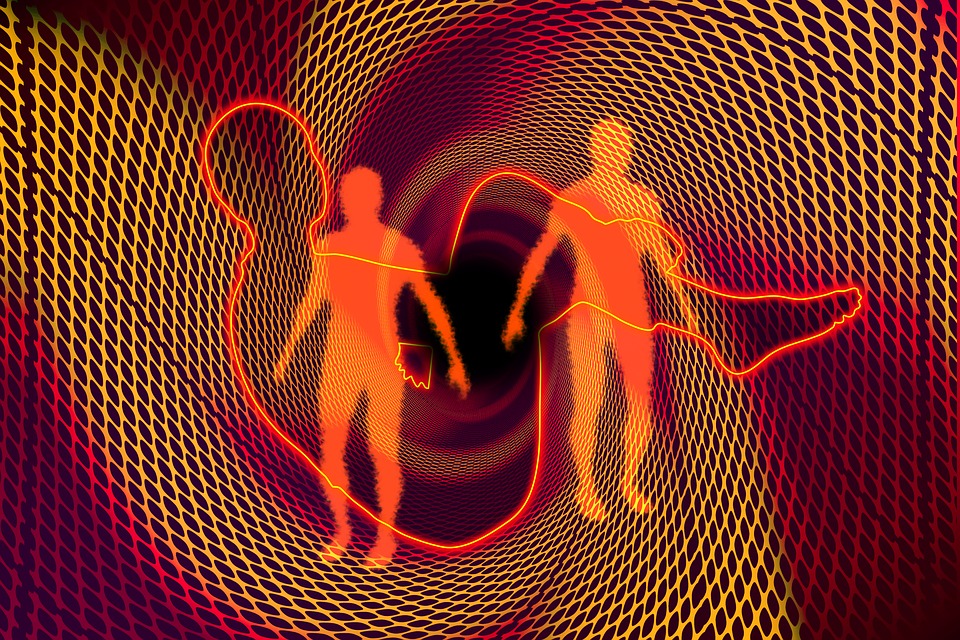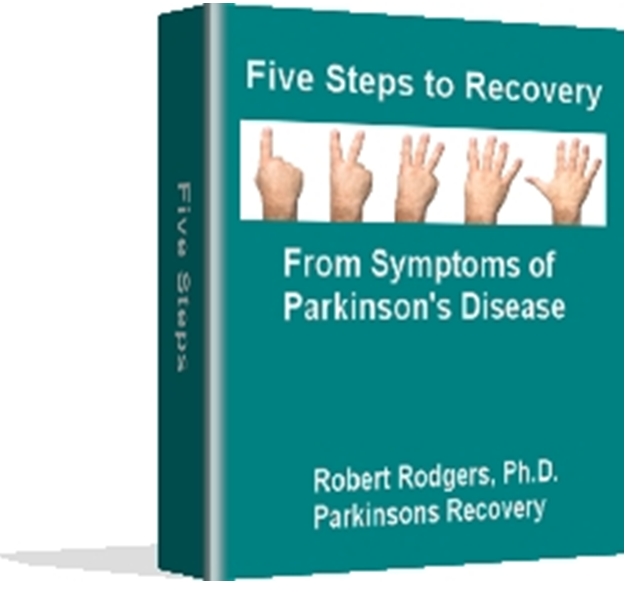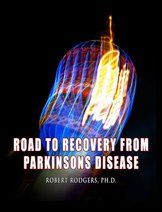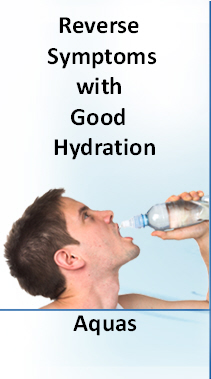Does coq10 slow down Parkinson’s?
Stephen
Response:
The framing of your question is fascinating- Does CoQ10 slow down Parkinson’s? There is an implicit assumption behind the framing of your question that Parkinson’s disease is a race in a download direction. I fully realize that many people hold the belief that Parkinson’s is a degenerative disease – meaning that anyone who has been diagnosed with Parkinson’s Disease is destined to deteriorate over time, with no hope of recovery.
The mission of Parkinsons Recovery is to provide compelling evidence from across the globe that the assumption Parkinson’s is “degenerative” is misguided and wrong. In support of this mission, I have been interviewing people for the past several decades who successfully reversed their own Parkinson’s symptoms. Stories of former guests on my radio show are featured contributors in Pioneers of Recovery. We are documenting more and more cases of recovery every week now.
There are many treatments and modalities of one form or another that help reverse the symptoms of Parkinson’s. Some supplements will help depending on the factors that are causing the symptoms. After all, a supplement is simply food for the body. You can feed your body with the nutrients it needs by eating healthy, live food or you can acquire the nutrition you need through supplements.
There is a controversy in the research studies concerning the use of CoQ10 to treat symptoms of Parkinson’s. The difference in study outcomes (some studies report positive effects and others do not) is due to the type of Co-Q10 that is used. In the video below I provide an explanation that speaks to your question : Does CoQ10 slow down Parkinson’s.
There are independent benefits of two supplements: Creatine and CoQ10. First I summarize the benefits of taking each supplement independent of the other, then present evidence when both are taken together.
Benefits of Creatine for Parkinsons
People with Parkinson disease have decreased muscular fitness, including decreased muscle mass, muscle strength, and increased fatigue. Taking creatine has been found to improve exercise capacity and overall endurance.
Creatine supplements have also been found to boost mood and reduce the need for medication.
Benefits of CoQ10 for Parkinson’s
Has your doctor recommended that you take Coenzyme Q10 along with your regular medications? Some doctors do. CoQ10 has been found deficient in persons diagnosed with Parkinson’s disease. Some health care professionals I have interviewed also report medications can deplete availability of CoQ10 in the body which increases the importance of supplementation.
What do you get when you take both Creatine and CoQ10?
The research reports taking both creatine and CoQ10 improves cognitive function and is neuro-protective.
But which brand of Co10 is best? There are so many!
There are so many choices on the market today. Many of them have limited potency.
Natural compounding pharmacist Ross Pelton directed me to a source of CoQ10 that is worth taking seriously. It is produced by Pharmanord of Denmark.
Most Coenzyme Q10 products sold today have negligible absorption rates. We are talking 1% at best. Why is this so? The melting point of CoQ10 is 10 degrees above body temperature. Most of the supplements you buy – even those in oil, have crystallized and cannot be absorbed by the body
Why Bioavailability of CoQ10 Matters
Bioavailability measures the ability to absorb and utilize a substance like CoQ10 in the tissues and blood of the body. CoQ10 is fat soluble with a high molecular weight which is why its absorption is very limited.
Pharma Nord https://www.pharmanord.com has developed the most studied brand of CoQ10 globally. A proprietary heat treatment process greatly facilitates its absorption. The molecular structure of the Pharmanord CoQ10 is transformed from rough crystals to a snowflake like shape. More than 75 studies have now been published that document its superior absorption when compared to other brands.

The price is also reasonable. You can order the Pharmanord CoQ10 directly on their website. Their professional staff generously set up a 20% discount for members of my audience. You can claim this discount only if you ship to a USA destination. Enter the coupon code “PRQ10WEB“ to claim a 20% discount (not case sensitive).
CoQ10 Research
Eur Neurol . 2015;73(3-4):205-211. The effect of creatine and coenzyme q10 combination therapy on mild cognitive impairment in Parkinson’s disease Zhenguang Li, Pengfei Wang, Zhancai Yu, Yannan Cong, Hairong Sun, Jiangshan Zhang, Jinbiao Zhang, Chao Sun, Yong Zhang, Xiaohua Ju
Abstract
Background: To investigate the effect of creatine and coenzyme Q10 (CoQ10) combination therapy on mild cognitive impairment (MCI) in Parkinson’s disease (PD; PD-MCI) and its influences on plasma phospholipid (PL) levels in PD-MCI.
Methods: The demographic data of 75 PD-MCI patients who enrolled in this collaborative PD study were collected. These patients were evaluated using the Unified Parkinson’s Disease Rating Scale (UPDRS) III and the Montreal Cognitive Assessment (MoCA). These 75 PD-MCI patients were randomly treated with creatine monohydrate 5 g b.i.d. and CoQ10 100 mg t.i.d. orally or placebo. MoCA evaluation and PL level measurements were performed after 12 and 18 months of treatment.
Results: After 12 and 18 months of treatment, the differences in the MoCA scores of the combination therapy and control groups were statistically significant (p < 0.05 at 12 months and p < 0.01 at 18 months), and the plasma PL levels of the combination therapy group were significantly lower than those of the control group (p < 0.01 at 12 months and p < 0.001 at 18 months).
Conclusions: Combination therapy with creatine and CoQ10 could delay the decline of cognitive function in PD-MCI patients and could lower their plasma PL levels; therefore, this combination therapy may have a neuroprotective function.
Robert Rodgers, Ph.D.
Founder 2004
Parkinsons Recovery
Pioneers of Recovery





